Salomé Circa 1900
Oil on cardboard
35 x 26.5 cm
44.5 x 36 cm with its frame
Workshop stamp on the reverse, numbered stencilled.
Provenance:
- Artist's studio, Jacqueline-Denise-Marguerite Marchant collection, Le Castellet, granddaughter of the artist. Sale of the workshop, Draguignan, December 12, 2009.
- Paris, private collection.
After a short apprenticeship at the Municipal School of Fine Arts in Bordeaux, his hometown, Pierre-Amédée Marcel-Béronneau went to Paris in 1890 to join the National School of Decorative Arts, where he studied for a while. teaching of Eugène Thirion. It was in November 1892 that he joined the highly prized workshop of Gustave Moreau, where he became friends with Rouault, sharing his studio on Boulevard du Montparnasse with him. Considered by Moreau as one of his best students, he won the first Grand Prix des Arts Décoratifs in 1893 and the Paul Chenavard prize in 1894. In 1895, he participated for the first time in the Salon des Artistes français, presenting his Muse , a work imbued with a very marked symbolist mysticism, before taking part in 1897 in Joséphin Péladan's Salon de la Rose-Croix. Dated from the mid-1900s, the oil on cardboard that we present is part of the important serial work that Marcel-Beronneau devoted for several decades to the figure of Salomé. From his early youth, he drew from Moreau this biblical iconography[1] so celebrated by Huysmans, exhibiting a Salomé bearing the head of Saint John the Baptist at the Salon des Artistes Français of 1896 (cat. no. 182), immediately noticed by the criticizes Arsène Alexandre who, in the columns of Le Figaro, then sees in Marcel-Beronneau a perfect “Gustave-Moriste” [2]. Our little painting illustrates well the singular way in which the young painter, in the years that followed, in turn appropriated this theme by moving away from the plastic references of his master. Salomé's naked body, barely outlined, stands out with its luminous flesh with green reflections, surrounded by large touches of bright colors. In addition to the white on the feet of Herodias' daughter, the primary colors yellow and blue resonate as a symbolic reminder of the chromatic origins of green, omnipresent here. If it reinforces the unreal character of the figure, the rather synthetic treatment of the skin tones, modeled in a subtle greenish shades, tends to accentuate the power of seduction of the model, whose lascivious pose remains imbued with sensuality. It also gives the eyes, quickly outlined on the face by two small slits, a primary, suggestive and hypnotizing role. By its attitude, this nude can be directly compared to the different Salomés that Marcel-Beronneau exhibited at the Salon des Artistes Français, respectively in 1908 (cat. no. 1199) and 1910 (cat. no. 1283) (fig. 1). The artist feverishly pursues this image of a femme fatale with multiple symbols, sometimes transforming her into an enigmatic sphinx, a courtesan or a goddess with a more or less hermaphrodite body, inspired in this sense by the eroticism of the painter Frantz von Stuck. [1] Mark 6, 17-22. [2] Alexandre, A., “Au Salon des Champs-Elysées”, Le Figaro, Thursday April 30, 1896, p. 3.


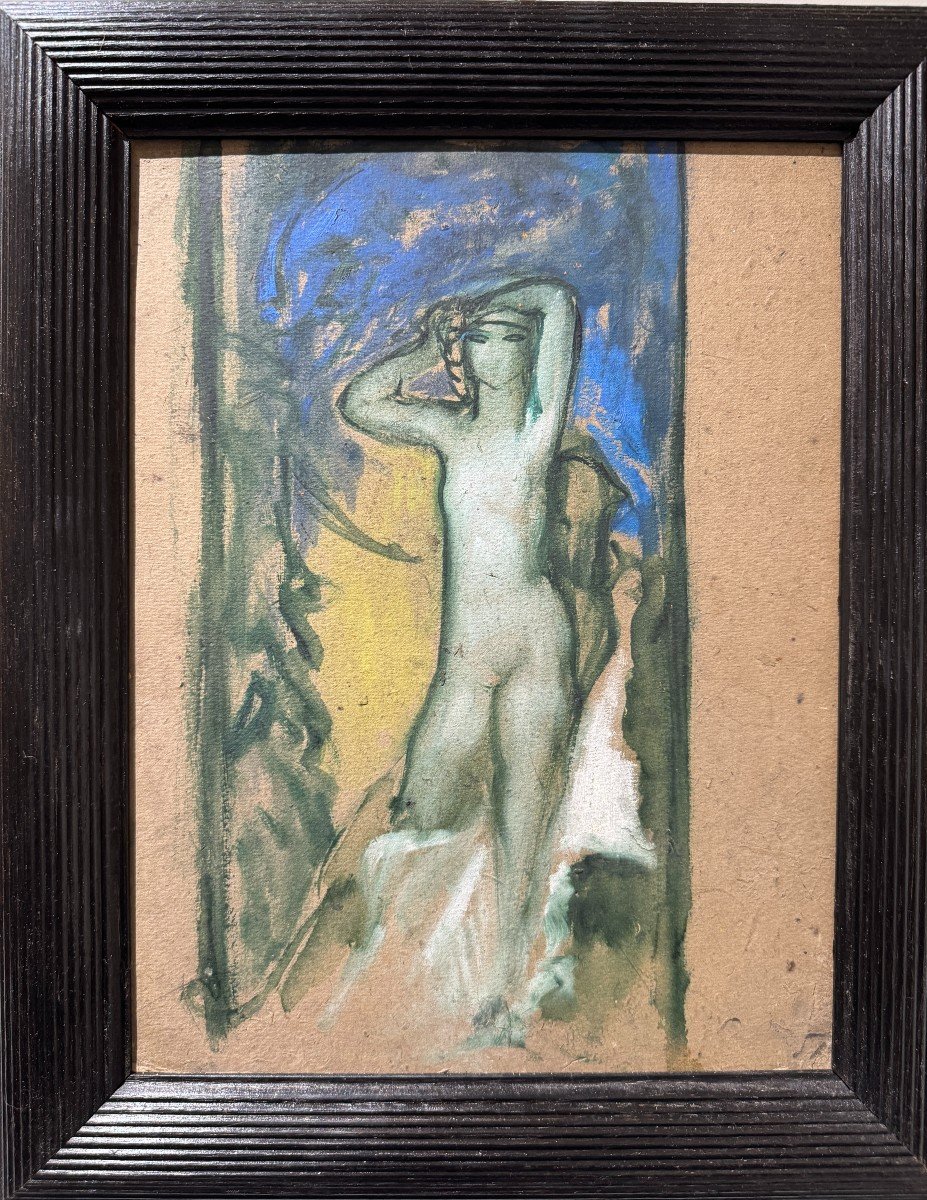
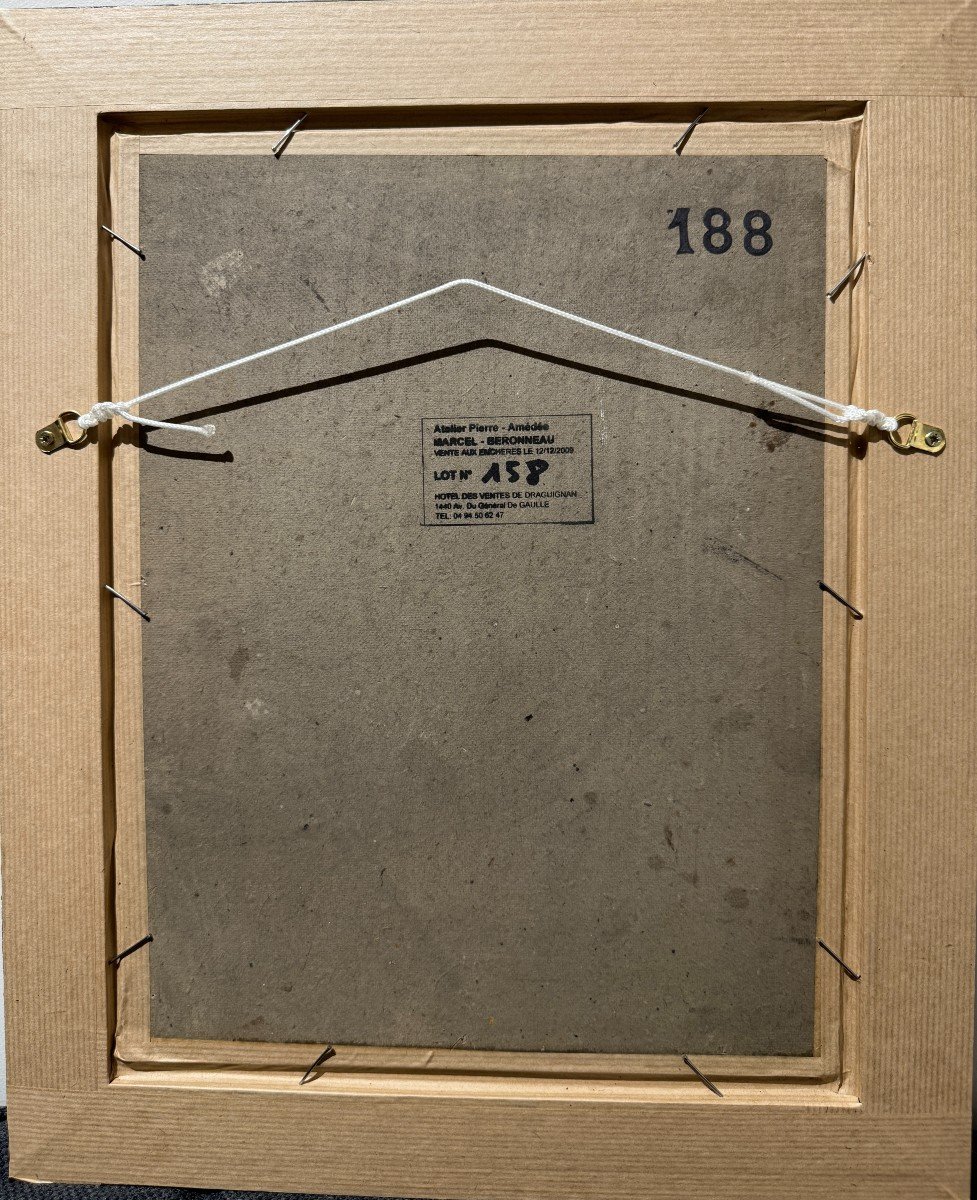





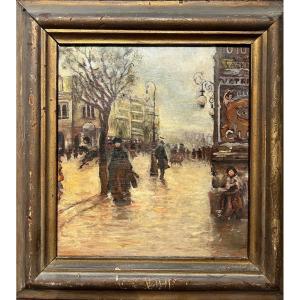
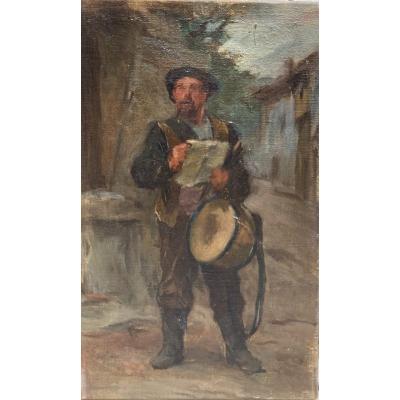

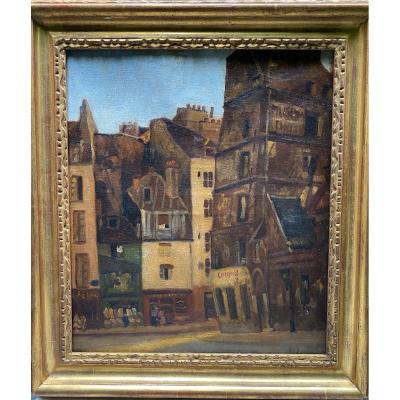
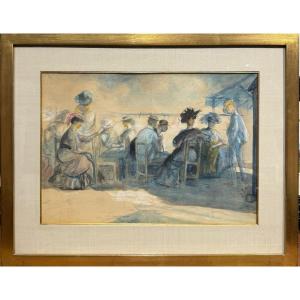
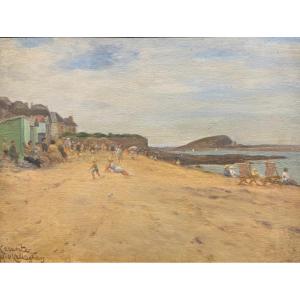
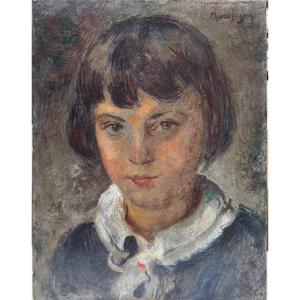
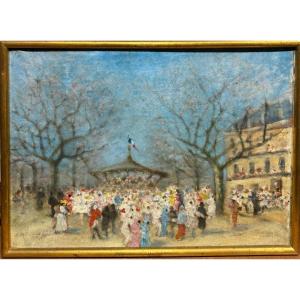
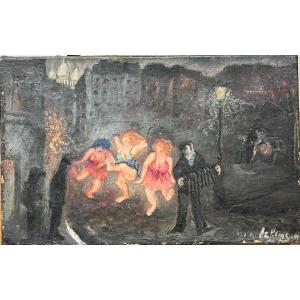







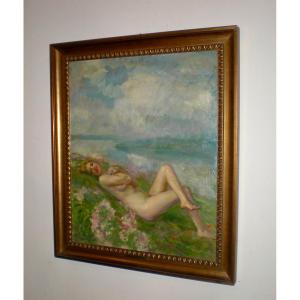
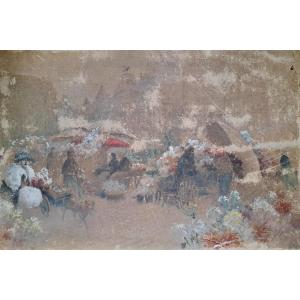





 Le Magazine de PROANTIC
Le Magazine de PROANTIC TRÉSORS Magazine
TRÉSORS Magazine Rivista Artiquariato
Rivista Artiquariato